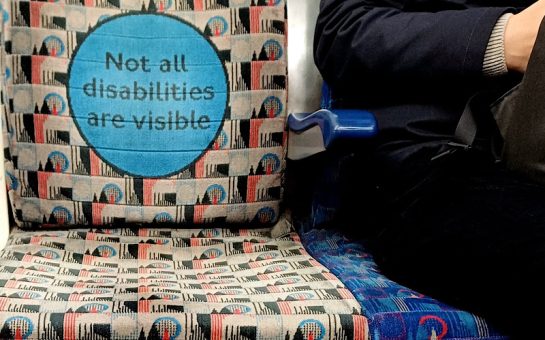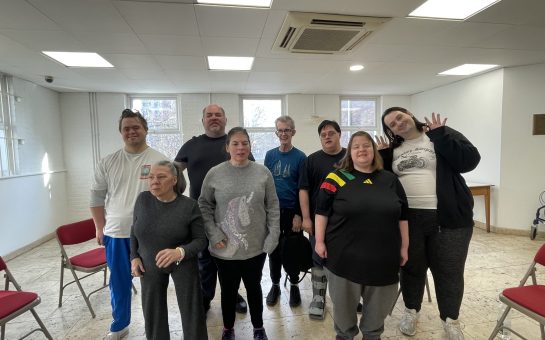Walk eastwards down Tooting Bec Road towards Streatham and you come to a green corridor where trees line the road beside the sprawling common.
You would be forgiven for not realising that across the road, on the site of the Heritage Park housing estate, once stood a psychiatric hospital.
Tooting Bec Asylum opened in 1903, to relieve overcrowding at nearby psychiatric hospitals in Caterham and Dartford.
At the time, there were more than 100 psychiatric hospitals like it in the UK.
“The buildings were uniformed and imposing,” said Kim, whose grandmother was a patient there in the 1970s.
“The ceilings were high, with huge great curtains. Down the end of the huge ward was a room, which served as the patients’ day area – here they would sit. There was not a lot for anyone to do.”
Before 1924 the hospital could only take in patients who were classed as insane, but that year it began exclusively taking patients with senile dementia and was renamed Tooting Bec Mental Hospital.
“I remember going to see my Nan and she was sitting in a kind of high chair, which had a tray attached to prevent her from getting out,” Kim said.
“She was sitting there and had ripped the curtains. The nurse said she was in pain.”
As a child, she used to look through the railings at the hospital with her friends.
“We were told not to but it was too intriguing,” she said.
“We’d often see patients walking about and one time, one yelled back at us and we ran away as we were so scared.”
The hospital permanently closed in 1995 and the housing estate was built on the site.
In a blog post for Disability Rights UK last year, CEO Liz Sayce said its closure signalled at least a minor reduction in the forced segregation of so many people from our communities.
She wrote: “Residents of the estate could be forgiven for not knowing that an asylum stood here.
“With its padded rooms and mortuary, the street names and estate name seem to airbrush out that important piece of history.
“I hope we can keep alive the memory of the thousands of people who lived here.”
In the post, Ms Sayce highlighted the often dilapidated conditions in which patients had to live.
She noted how, in early reports, commissioners frequently noted concerns over patients’ cleanliness and comfort inside the hospital.
One wrote: “We would call attention to the dirty condition of the heads of some of the patients received and think strong action should be taken.”
Ms Sayce points out that the Disability Discrimination Act, which came into force in 1995, banned discrimination against people with disabilities.
She said at this time mental health services began to become personalised, offering individual support to enable people to live the lives they wanted and help their journey to recovery.
This change meant the legacy of Tooting Bec Asylum was confined firmly to the past.
“It seemed like a depressing place – old, smelly, with nothing to do apart from sit around,” Kim remembered.
“It was horrible there. I hated it. I never went back.”




